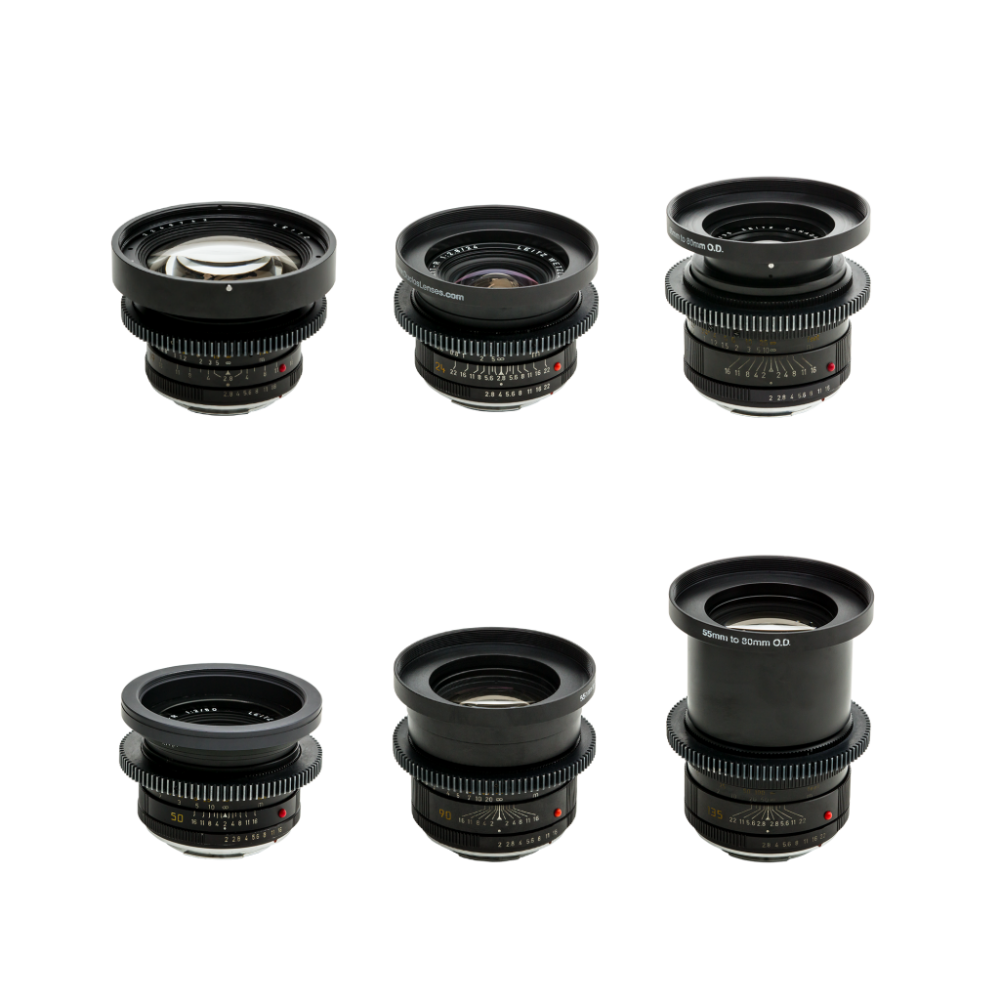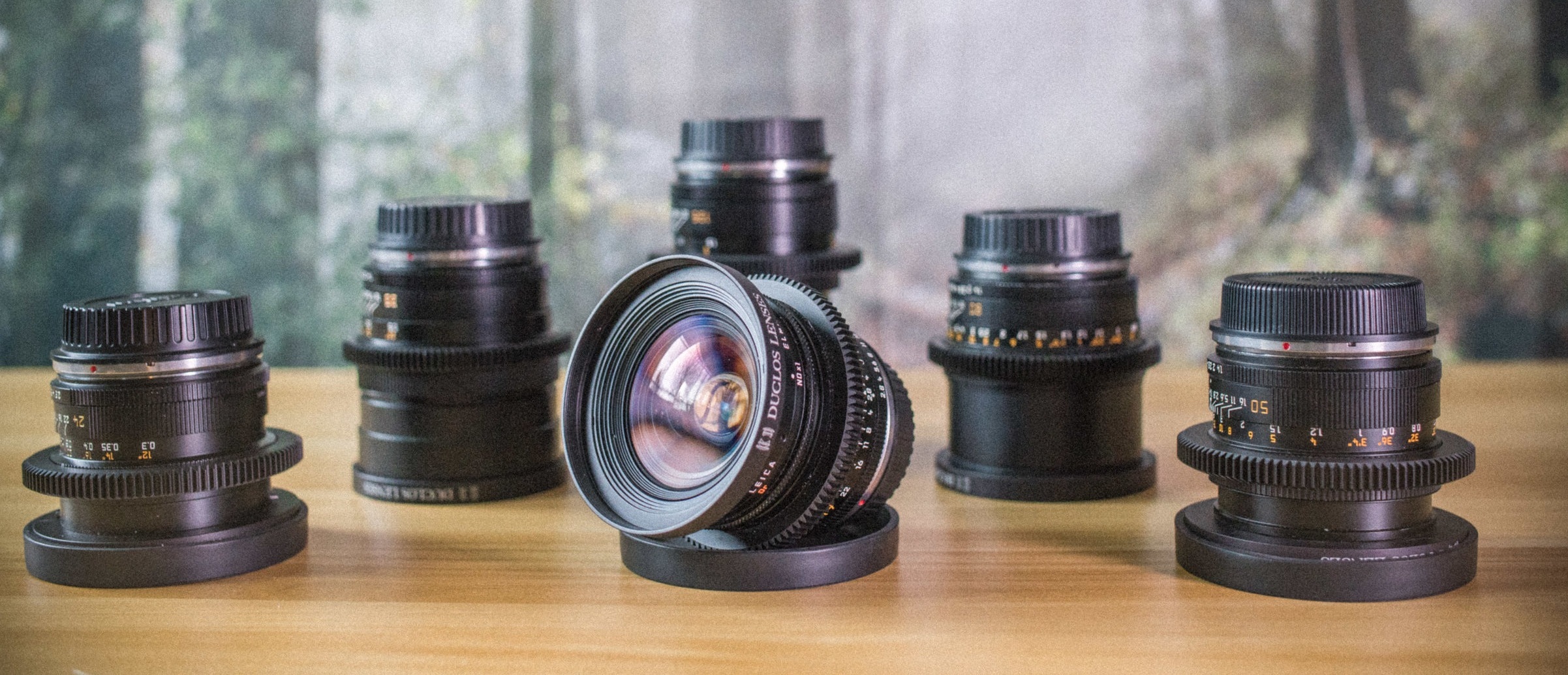

Let me say from the start that yes, I did take a risk here and it didn’t entirely pay off it turned out there were some age-related issues with the camera, particularly with the shutter speed dial and light seals, which were promptly and efficiently fixed by Ffordes Photographic.
#LEICA R 50MM SUMMICRON DUCLOS MANUAL#
While you can get decent film relatively cheaply from suppliers such as Analogue Wonderland, you definitely become more cost-conscious as you approach 36 exposures (of course, I could shoot digitally with a very small capacity memory card, but it’s not quite the same, or indeed, as much fun).Īnother big attraction was the chance to get my hands on older, but still high-quality, R series manual focus lenses which I could also use on my digital Leica CL via an adaptor.įast forward to this spring and I find myself paying what seemed a very reasonable £500 for a supposedly ‘mint’ Leica R6 and 50mm f/2 Summicron lens off a private seller on Gumtree.

So, I thought shooting film would not only slow me down, but also encourage me to focus on quality rather than quantity – and get more prints done. I was succumbing to digital photography overload and it was getting stressful.
#LEICA R 50MM SUMMICRON DUCLOS DOWNLOAD#
As a digital photographer, both for my day job and as a creative and therapeutic release during my time off, I had become very trigger-happy.Ī day’s shooting, particular pre-pandemic in an exotic location, would generate a tsunami of raw files which I’d then have to download and work through. Or maybe it was a desire to get back to a more ‘pure’ photographic experience. Maybe the buying decision was fed by insecurity, some deep-seated need to ‘prove’ to myself and others that I could still take a decent photo without all the convenience and crutches/hand-holding you get with digital. So why did I decide to go for this mainly mechanical SLR, rather than one with autoexposure or, indeed, autofocus? Our old friend Google convinced me that I hadn’t totally lost my marbles, and there appeared to be several supportive forums, including an active Facebook group, who could answer my questions. Sadly, I didn’t have a spare three grand lying around for a classic Leica M6 body, which is when I started to consider a Leica R series SLR.

Picture credit: Ben BrainĪs a big fan of the Leica CL digital mirrorless camera, I was keen to try some older Leica film models. A Nikon F, Olympus OM-1, maybe, but a Leica? While the name is strongly associated with pricey M series rangefinders, the company also produced R series SLRs from 1980 to 1992, along with a decent range of quality, R series lenses.Įventually technology moved on, and Leica refocussed its efforts on rangefinders and, of course, digital, but that’s another story.Īfter various experiments with SLRs featuring program modes and other photographic aids, Leica decided to go back to basics in 1988 with the R6, the first mechanical, manual-exposure-only SLR produced by the company since the Leicaflex SL2 ceased production. When considering the options for a relatively affordable, quality film SLR, Leica wouldn’t be the first name on a lot of people’s list. * £200-£1000 depending on (used) condition * Metering via match-diode viewfinder display Geoff Harris reflects on recently buying the mechanical Leica R6 film SLR and associated lenses – did he bag a bargain or end up paying a premium for that coveted red dot?


 0 kommentar(er)
0 kommentar(er)
